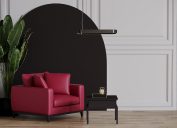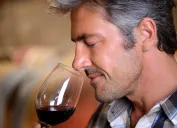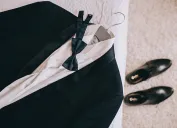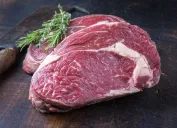20 Incredibly Obscure Colors You've Never Heard of Before
You won't find these shades in your average crayon box.
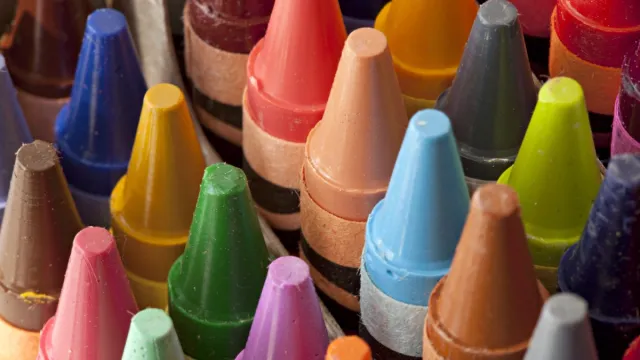
When it comes to colors, you probably think you know all there is to know. Sure, you learned all the colors of the rainbow in school—red, orange, yellow, green, blue, indigo, violet—but there are actually plenty of others that make up the incredible color palette we see in the world every day. Though it's possible you may have seen these strange shades before, you likely mistook them for a more common hue. That fuchsia scarf you love could actually be amaranth and maybe that rubber ducky is aureolin, not yellow. Read on to learn about these and 18 more obscure colors you've probably never heard of before.
RELATED: 32 Rare Animals So Unusual, You Might Not Know They Even Exist.
What Is the RGB Color Model?
Before we get to the list, let's discuss how colors are classified in the first place. The RGB chart is one of three dominant color models. It's an additive color system used on computer displays based on the levels of red, green, and blue in any hue. While other models are better for printing, RGB is best for digital designs. The more we lean on computer-assisted creations, the more popular this model becomes.
Each color listed within this system is assigned a hexadecimal code (HEX), which is used in HTML, CSS, and SVG code. They also come with a set of corresponding numbers to represent how much red, green, and blue goes into each color. These figures have integer values from 0 to 255. You can find them listed in this format below to help you more easily identify the color in question. We've also included the percentages to make these details even easier to digest!
A Closer Look at Some Obscure Colors
1. Amaranth
HEX: #e52b50
RGB Values: 229, 43, 80
This reddish-pink hue is inspired by the color of the flowers on the amaranth plant. According to Greek mythology, the blossoms used to grow on Mount Olympus and could never die. The name actually translates to "everlasting flower." Amaranth is composed of 89.8 percent red, 16.9 percent green, and 31.4 percent blue on the RGB color chart.
2. Atrovirens
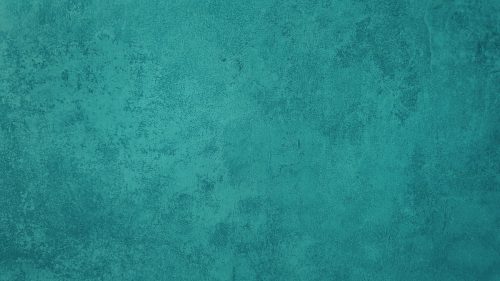
HEX: #0d9494
RGB Values: 13, 148, 148
Atrovirens bears the same name as the coniferous tree. It also translates to "dark green" in Latin, though the color is more of a deep teal. It consists of just over five percent red, and equal parts green and blue.
3. Aureolin
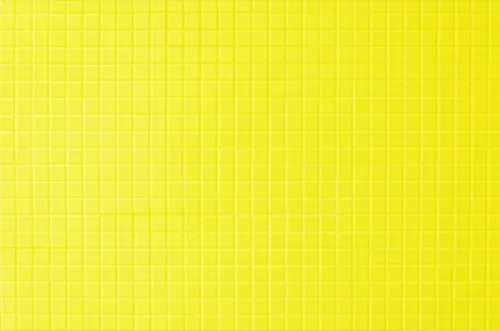
HEX: #fdee00
RGB Values: 253, 238, 0
Aureolin is a yellow color often used in painting. According to Michael Harding, an oil paint company, it's a "transparent, straw, ochre-like yellow with strange, yet rich greenish undertones," similar to cobalt yellow. The color was actually produced in the 1850s to replace gamboge, which earned a bad reputation after the sap it's named for made people sick.
4. Burlywood
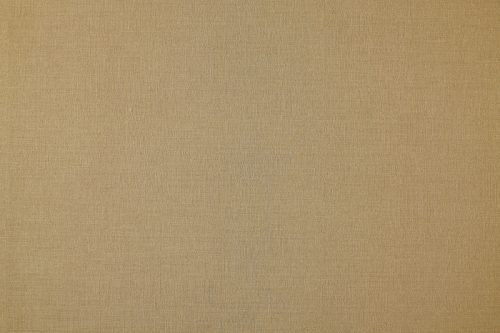
HEX: #deb887
RGB Values: 222, 184, 135
On the RGB color chart, burlywood is a pretty balanced color, composed of 87.1 percent red, 72.2 percent green, and 52.9 percent blue. The light shade of brown, similar to that of khakis, is unsurprisingly named after a brown, sandy-colored wood.
RELATED: Fascinating Science Trivia Questions (With Answers!)
5. Celadon

HEX: #ace1af
RGB Values: 172, 225, 175
Almost everyone can agree that celadon is a beautiful color. In fact, it was once a color reserved for special, expensive ceramics owned by royals. The pale green color is a combination of 67.5 percent red, 88.2 percent green, and 68.6 percent blue on the RGB color chart.
6. Coquelicot
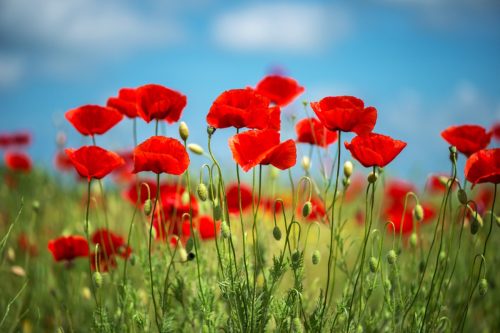
HEX: #ff3800
RGB Values: 255, 56, 0
"Coquelicot" is a French word for the wild corn poppy known for its bright, red-orange color. The English language adopted the word to describe the color of that poppy, which is composed of 100 percent red, 22 percent green, and no blue on the RGB color chart.
7. Eburnean
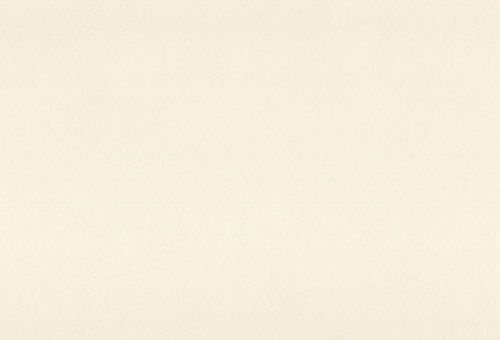
HEX: #ffffee
RGB Values:
This off-white color most closely resembles ivory. Its name actually comes from the Latin word eburneus, which means the same thing. In keeping with anything white, this color contains almost 100 percent of all colors on the RGB scale. It's 100 percent red, 100 percent green, and 93.3 percent blue.
8. Feldgrau
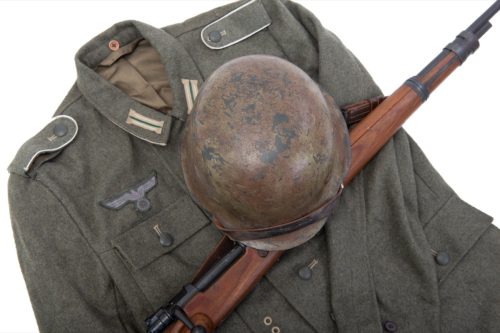
HEX: #4d5d53
RGB Values: 77, 93, 83
If you think this color looks like something you would see on a military uniform, you're not far off. During World War II, feldgrau, or "field gray" became the official color of the military uniforms of the German Army. On the RGB color chart, the grayish-green is an almost perfect mix of all three colors: 30.2 percent red, 36.5 percent green, and 32.5 percent blue.
9. Gamboge
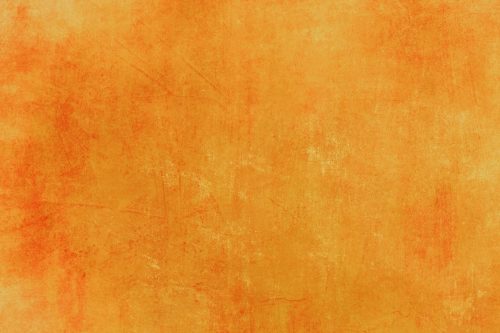
HEX: #e49b0f
RGB Values: 228, 155, 15
Composed of 89.4 percent red, 60.8 percent green, and a smidge of blue (5.9 percent) on the RGB color chart, gamboge—resembling a gum resin produced by various trees—dates back to 17th century Europe by way of China, according to the Madras Journal of Literature and Science. A 2017 paper notes that the substance's mustard yellow color is derived from the bark of Garcinia trees specifically, and that it was commonly used to dye Buddhist monks' robes.
10. Glaucous
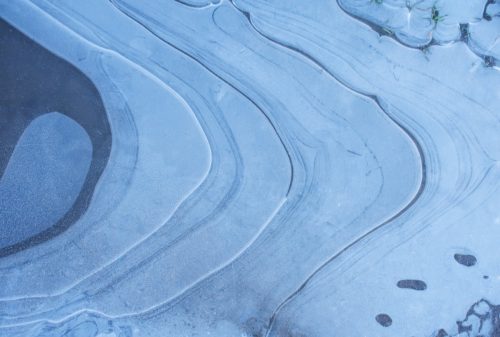
HEX: #6082b6
RGB Values: 96, 130, 182
Glaucous is largely blue on the RGB color chart; it's 71.4 percent blue, 37.6 red, and 51 percent green. And seeing as this color looks like something you would find in a wintry mix, it's no surprise that the word "glaucous" means "having a powdery or waxy coating that gives a frosted appearance."
RELATED: 37 Weird Facts About the Human Body That Will Blow Your Mind.
11. Mountbatten Pink
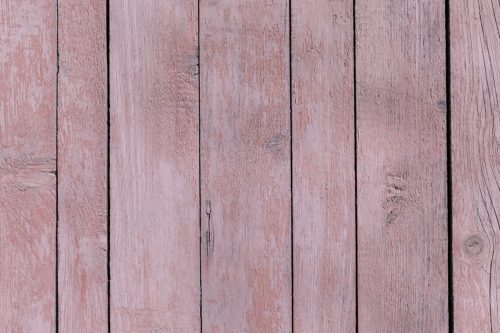
HEX: #997a8d
RGB Values: 153, 122, 141
Mountbatten pink may technically be classified as a pink, but it definitely looks more like a purple. That's possibly because it's a strong combination of red (60 percent) and blue (55.3 percent) on the RGB color chart, with an addition of 47.8 percent green. According to the book Great Personalities of the World, this gray-mauve color was used by Lord Mountbatten of the British Royal Navy to paint ships during World War II. (You may also recognize it as the name of Prince Harry and Meghan Markle's son, Archie Mountbatten-Windsor.)
12. Nattier
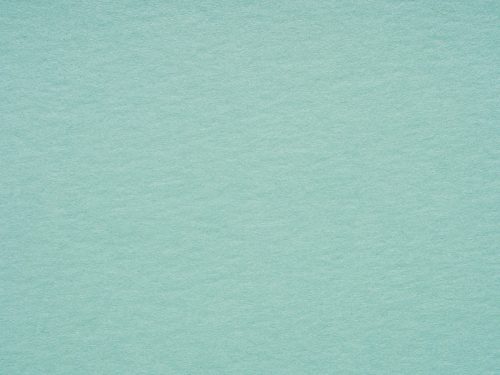
HEX: #9CC2BFRGB Values: 156, 194, 191
Nattier is a pale blue color named after Jean-Marc Nattier, a popular French Rococo artist in the 1700s. The artist was known to use this color often in his portrait work. In fact, his piece Portrait of a Lady in Blue is likely his most recognizable painting.
13. Sarcoline
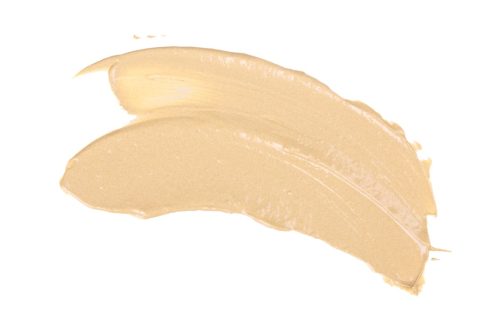
HEX: #ffddaa
RGB Values: 255, 221, 170
This term is actually defined as "flesh-colored," so it makes sense that it resembles a pale skin tone. The mix, which consists of peach, yellow, and beige, is popularly used among makeup artists. On the RGB color chart, it reads as 100 percent red, 86.7 percent green, and 66.7 percent blue.
14. Skobeloff
HEX: #007474
RGB Values: 0, 116, 116
What you may be referring to as teal could actually be skobeloff. It's a perfect combination of green and blue, composed of 45.5 percent green, 45.5 percent blue, and 0 percent red in the RGB color chart.
15. Phlox
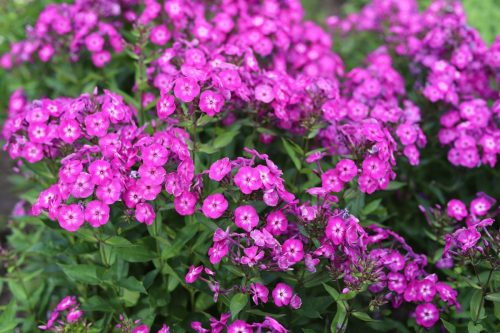
HEX: #df00ff
RGB Values: 223, 0, 255
This shade of violet is void of any green, composed of 87.5 percent red and 100 percent the color blue on the RGB color chart. The vibrant phlox is named for the flowers of the phlox perennial plant, most commonly found in North America.
16. Vantablack
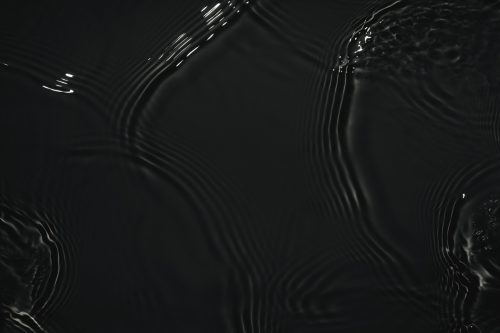
HEX: #000100
RGB Values: 0, 1, 0
Vantablack is the darkest man-made substance on Earth. The shade, which was developed by manufacturing company Surrey NanoSystems, absorbs almost all visible light. It has now been turned into a commercial coating that comes close to solid black, but not quite. According to the RGB scale, the color contains just the tiniest bit of green, with 0.4 percent.
RELATED: 40 Ocean Facts That Will Blow You Out of the Water.
17. Verdigris
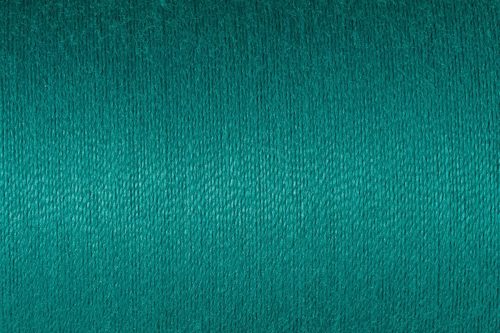
HEX: #43b3ae
RGB Values: 67, 179, 174
Verdigris is the color that describes what copper looks like when it naturally oxidizes and turns green, such as how the Statue of Liberty appears today. The color was named in the 14th century after the Anglo-French word, vert de Grece, meaning "green of Greece." In Ancient Greece, people would purposely seek out this green color by exposing copper plates to hot vinegar when in a sealed container.
18. Vermilion
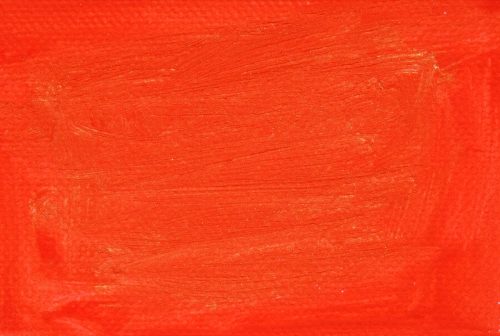
HEX: #e34234
RGB Values: 227, 66, 52
If you're going for a warm color scheme, then this one is definitely for you. The brilliant orange-red pigment is believed to have emerged in China as early as the 4th century B.C.. Eventually, it made its way to Europe, where it was widely used in Renaissance paintings. On the RGB color chart, vermilion is 89 percent red, 25.9 percent green, and 20.4 percent blue. You may also know this unique color as cinnabar.
19. Viridian
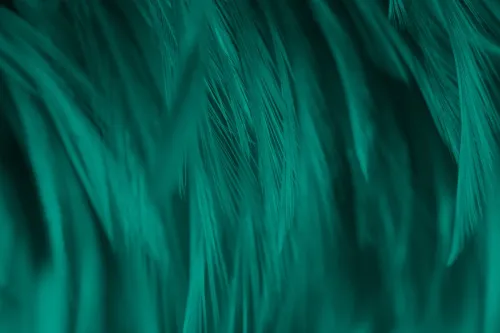
HEX: #40826d
RGB Values: 64, 130, 109
Similar to skobeloff, viridian is another blue-green pigment. However, on the RGB color chart, this hue actually has a bit of red in it; it's composed of 25.1 percent red, 51 percent green, and 42.7 percent blue. If you know Latin, you'll realize that this color's name is derived from viridis, the Latin word for green. Or, if you're a fan of the 1988 film Beetlejuice, you might have heard of this color when Otho discusses remodeling the Deetz's home.
20. Zaffre
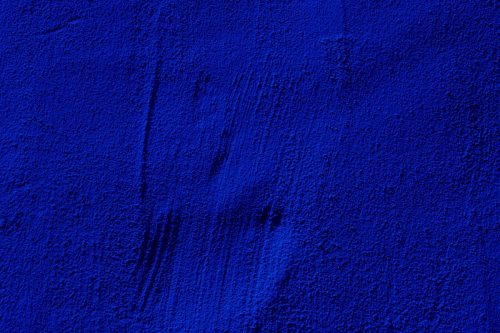
HEX: #0014a8
RGB Values: 0, 20, 168
If you're unsure about how to pronounce this color, just know that it rhymes with "sapphire" and that it resembles one, too. This dark blue pigment was often incorporated into glassworking during Victorian times. The term also refers to impure cobalt oxide, which was used to stain glass during that era. According to the RGB system, it doesn't contain any red, just 7.8 percent green and over 65 percent blue.
FAQ
What's the difference between warm and cool colors?
Warm colors refer to yellow, orange, or red—or any combination thereof. A cool color refers to any blend of green, blue, and purple. Neutral colors such as whites or grays typically fall into the warmer category, depending on their surroundings.
What are the rarest colors?
Blue remains one of the rarest colors in nature because there is no naturally occurring blue compound to color things blue. Vantablack remains the most obscure man-made color, as manufacturing company Surrey NanoSystems has patented the shade, preventing other companies from producing the color.
Wrapping Up
That's it for our list of obscure colors, but be sure to check back in with us soon for even more amazing trivia! Sign up for our newsletter to enjoy similar kinds of content, as well as the latest in wellness, entertainment, and travel.

